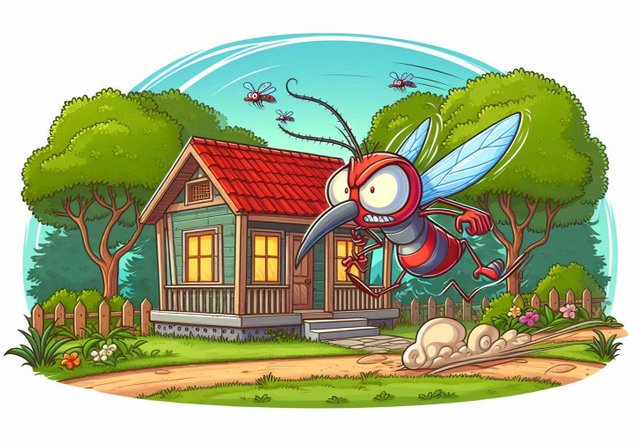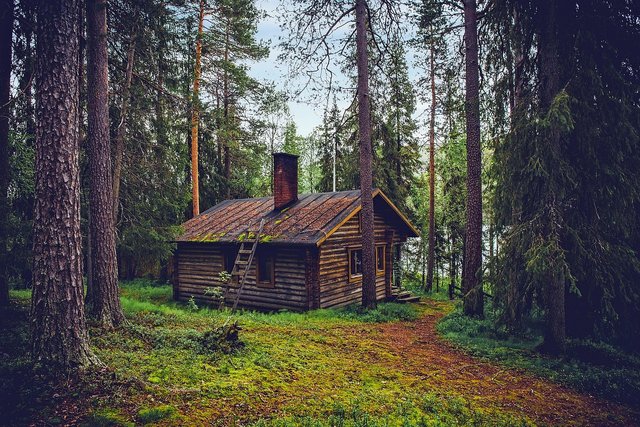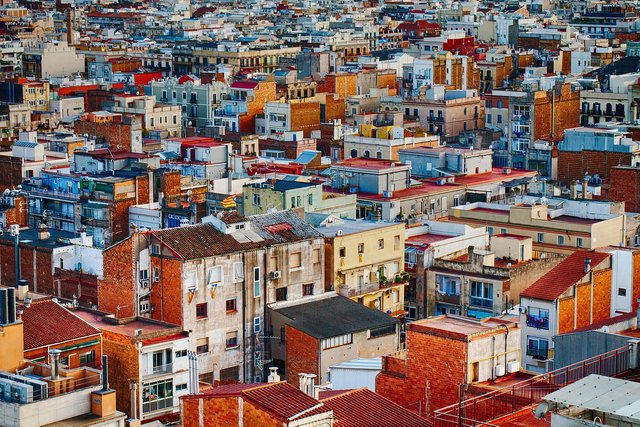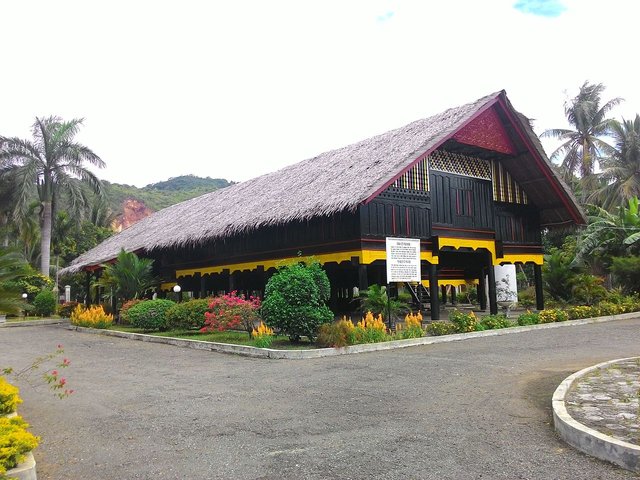Why are there so many mosquitoes in the house?

Image Source: Bing
All of us must be disturbed by the presence of this little monster that likes to terrorize with its blood-sucking needles on its face. What are the benefits of this mosquito exactly? Are there really none? Then why did God create it? I kept wondering.
Mosquitoes are particularly militant at dawn and dusk, as they seem to love the dimness and hate direct sunlight. So what exactly makes them hunt every member of our family?
1. Body Temperature
Mosquitoes have sensitive heat receptors. They can detect temperature differences as small as 0.5°C.
Human body temperature (around 37°C) is higher than the environment, which attracts mosquitoes.
2. Carbon dioxide (CO2) emission
Humans exhale CO2 when breathing, while mosquitoes also have CO2 receptors, an increase in CO2 as low as 0.01% in the air is detected by it, where the CO2 detection distance can reach 50 meters.
Just breathing alone attracts mosquitoes.
3. Humidity
Mosquitoes are attracted to high humidity (>60%), including the humidity produced by human sweat, they use hygroreceptors to detect changes in humidity.
Sweating constantly, attracts more mosquitoes.
4. Sound waves
The frequency of human breathing sounds (around 100 Hz) can be detected by mosquitoes, so air vibrations produced by human movement also attract them.

Image Source: Pixabay
Now, what kind of environment does the mosquito community prefer? It turns out that the shady and humid areas around our homes are the most comfortable places for them.
- Dense foliage and shrubs
- Shady trees
- Tall grass
- Clogged gutters
- Puddles of water
In addition, a common condition seen in urban areas is that houses nowadays tend to be located close together, so they do not have enough space to allow sunlight to enter which makes them damp.

Image Source: Pixabay
It's not uncommon for circulation to be minimalist, with poor indoor air quality exacerbating the situation.
A home that relies on air conditioning may be able to control relative humidity, but it does not necessarily improve air quality in terms of Carbon Dioxide pollutants.
For this reason, there must be regular efforts to flush out the air in the house, replacing it with fresh new air.
I am reminded of the architecture of traditional houses in Indonesia, most of which use the concept of houses on stilts, with supporting poles up to 3 meters high to reach the higher floor levels above.
Traditional House of Aceh Province

Image Source: Wikimedia
Traditional House of North Sumatra Province
_(01).jpg)
Image Source: Wikimedia
Building a house at this height effectively makes it difficult for mosquitoes to enter the house, as at this higher point the wind speed will be stronger than at ground level (0 meters).
It turns out that the ancients were very good at manipulating the laws of physics around buildings.
I would like to close this article with 2 practical steps that should always be considered to minimize the presence at home:
✅ Room air should always be renewed so that CO2 levels and Relative Humidity reset
✅ The surroundings of the house at 12 noon should be able to be illuminated by the Sun
